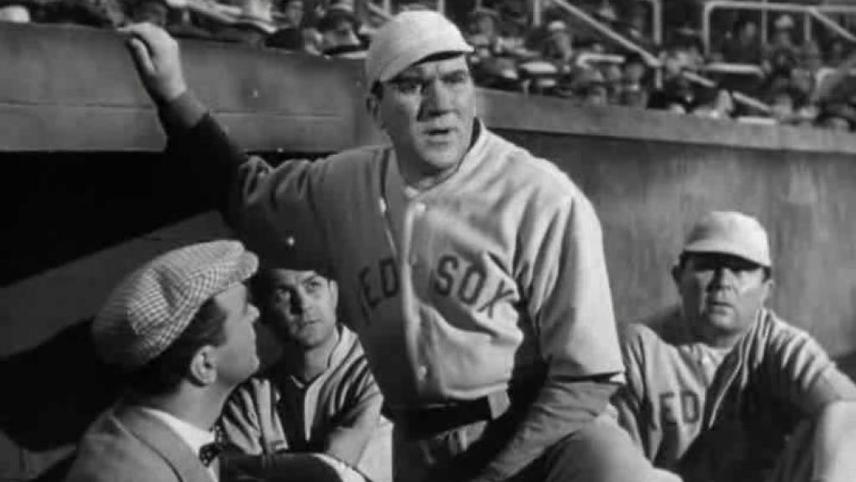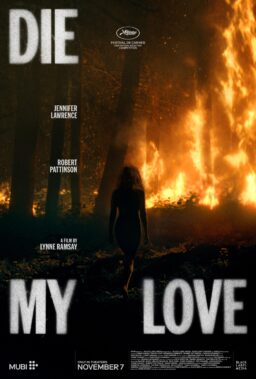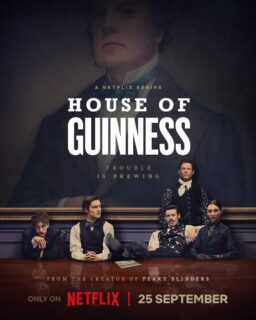Editor’s note: Phil Hall has survived some real stinkers in writing his book “The Greatest Bad Movies of All Time,” (published by Bear Manor Media), from the old familiar standards, like “Santa Claus Conquers the Martians,” to movies that some people revere as bold, failed experiments, like “Zabriskie Point.” When he’s not enduring bad movies so you don’t have to, Phil is writing at his website, filmthreat.com. Here’s a sample of Phil’s journey through awfulness, a review of “The Babe Ruth Story.”
“The Babe Ruth Story” (1948, directed by Roy Del Ruth)
William Bendix, a burly character actor who earned a niche play- ing mild villains and decent bumblers, had a rare opportunity to enjoy a starring role as the legendary George Herman “Babe” Ruth. However, Bendix was asked to depict Ruth in a manner that mirrored one of his most prominent roles—the good-natured, yet oafish Chester Riley on the radio series “The Life of Riley.”
As a result, Ruth becomes a childlike character with an unusual penchant for aiding children. This is taken to an outlandish extreme in the notorious “called shot” sequence when Ruth promises to hit a home run for a dying boy during the 1932 World Series. The child’s family, listening at home by the radio with the boy lying on his deathbed, reacts to the news of the home run with the same enthusiasm that must have been shared in Jerusalem when the word spread of Jesus’ empty tomb. And in true biblical fashion, the radio announcement causes the dying boy to open his eyes slowly and grin widely as his family embraces his now-healthy body with manic love.
This candy-coated fantasy carefully avoids the more intriguing aspects of Ruth’s life. The slugger’s fondness for fast living, his first marriage to Helen Woodford, and his daughter, Dorothy (whose mother was Ruth’s mistress, Juanita Jennings), were nowhere to be found on-screen. But their absence was compensated by a surplus of jolly anachronisms, most notably with the presence of a beer advertisement on a billboard positioned in a stadium game that occurred during the Prohibition years. Ruth was in poor health at the time of the film’s production, which makes the ending overly optimistic with the ailing baseball great (his throat cancer is not identified in the film) agreeing to receive a mysterious experimental serum. The New York Times reacted negatively to the sequence, complaining that it was a “tedious and tasteless sick-bed ordeal, with soundtrack sobs and angel voices.”
“The Babe Ruth Story” became a laughingstock in the sports film genre and critic Hal Erickson wasn’t off base when he dubbed this production the “Plan 9 From Outer Space of baseball biopics.” Amazingly, Bendix was called back to the diamond two years later for another starring role in the 1950 comedy “Kill the Umpire.”
Excerpted with permission from “The Greatest Bad Movies of All Time,” published by Bear Manor Media, 2013.











